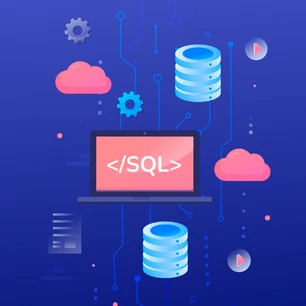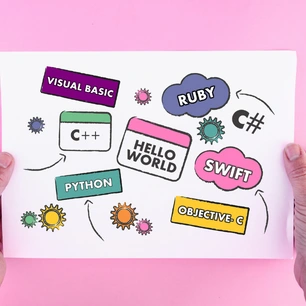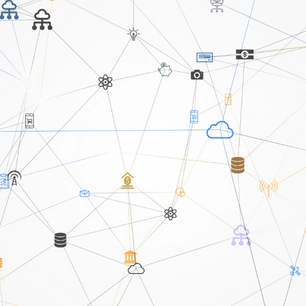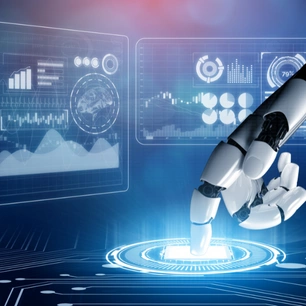RPA is a type of automation that automates processes without human involvement. It can streamline operations and reduce labor costs. Process automation software is designed to do repetitive, rule-based tasks with minimal input from human workers. Unlike humans, the software does not learn or seek new insights or efficiencies. It works like a virtual assistant to clear mundane tasks and save time for employees.
RPA can deliver the onboarding process without human intervention
Employee onboarding is a critical part of any company, and RPA can be used to automate the process. Using AI software, RPA robots can automatically complete the onboarding process without human intervention. These software robots can handle tasks like assigning and verifying new employees, processing onboarding emails, and updating CRM applications. While each industry has its own unique onboarding processes, RPA can be used to automate the entire process and reduce human intervention to a minimum.
The onboarding process can be time-consuming because of the multiple systems and people involved. Simple tasks like creating a new user account or IT equipment require data from several systems. As a result, this repetitive process can lead to delays in onboarding new employees, which reduces productivity. RPA can automate this entire process using software robots that act on pre-defined rules and make a decision based on these rules.
While RPA is useful for a number of tasks, human supervision is still essential for hygiene and compliance. This is why educating employees about RPA, what it can do for them, and the steps necessary to implement the software is critical. In addition, companies should identify skills gaps and provide training to help employees adjust to the changes.
Robotic Process Automation software automates tasks that are repetitive in nature, saving companies time and money. Robotic Process Automation works at the front end of applications, limiting disruption to underlying systems. In addition, RPA is scalable, which means it is ideal for growing businesses. Once implemented, RPA can deliver results quickly.
It automates repetitive, monotonous, and rule-based tasks
Robotic process automation (RPA) is a technological process that aims to automate repetitive, rule-based tasks. Humans commonly perform these tasks, and RPA allows these workers to focus on more stimulating tasks. Unlike human workers, RPAs have a lower cost and higher productivity than other technologies and can even eliminate processing errors. They deliver work with 100% accuracy, consistency, and policy compliance. They are most effective when the processes are rule-based.
RPA is a technology that enables companies to reduce costs and increase efficiency by automating repetitive, rule-based tasks. It uses computer vision, automation, and machine learning to eliminate the human element from these activities. By eliminating repetitive tasks, RPA can also reduce employee workloads.

The benefits of RPA extend beyond the financial sector. For example, in insurance companies, RPA can help streamline business processes, deliver customer support quicker, and eliminate legacy systems. Another early adopter of RPA, manufacturing, stands to benefit from software robots in supply chain operations, inventory management, logistics, invoice processing, and purchase order management.
RPA is a powerful technology that can automate virtually every aspect of digital business processes. Its intelligent bots can handle manual, monotonous, or rule-based tasks. For example, RPA can automatically record employee time, monitor inventory levels, generate billing statements, check signatures, and create approvals. It can also automate payroll, onboarding, and other human-centric processes.











